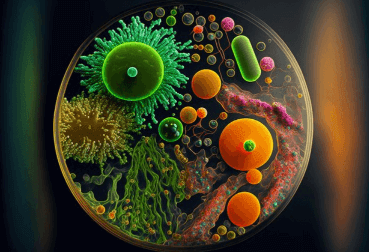Question
a.
R-chart
b.
S-chart
c.
P-chart
d.
C-chart
Posted under Total Quality Management
Interact with the Community - Share Your Thoughts
Uncertain About the Answer? Seek Clarification Here.
Understand the Explanation? Include it Here.
Q. The control chart for defects is called as _______
Similar Questions
Explore Relevant Multiple Choice Questions (MCQs)
Q. The p-chart is used when subgroup size is variable.
View solution
Q. The total number of defect count is 200 and the total number of parts in ten samples of equal size is 1500. What is the fraction defective?
View solution
Q. The total number of parts in ten samples of equal size is 1200. What is the average sample size?
View solution
Q. The control chart that determines the fraction of rejected parts as non-conforming is ______
View solution
Q. What is the interpretation of Cₚₖ=Cₚ?
View solution
Q. What is the interpretation of Cₚ>1?
View solution
Q. The upper specification limit of a product is 20.05 mm and the lower specification limit of the same product is 19.95 mm. The standard deviation is 0.25 mm. What is the value of the process capability index Cₚ?
View solution
Q. Natural tolerance is also known as _______
View solution
Q. Tolerance limits are the voice of the customer.
View solution
Q. If a product falls in the range of USL-LSL then it is meeting the expectation of the customer.
View solution
Q. Specification limits are also known as ________ of the product.
View solution
Q. In the jargon of statistical process control, USL and LSL are known as _______ and _____ respectively.
View solution
Q. The x̅-charts and R-charts are also known as ________ and _______ respectively.
View solution
Q. The x̅-charts and R-charts monitor ____ and ____ of any manufacturing process.
View solution
Q. A stable process in any manufacturing process exhibits only ______
View solution
Q. ‘Assignment cause of variation’ in any manufacturing process can be easily traced and detected.
View solution
Q. ‘Assignment causes of variation’ of any manufacturing process are also known as _______
View solution
Q. Which of the following is not a factor that affects the occurrence of ‘random causes of variation’ in any manufacturing process?
View solution
Q. ‘Random causes of variations’ in any manufacturing process are inevitable.
View solution
Q. Which of the following is not a type of sampling technique?
View solution
Recommended Subjects
Are you eager to expand your knowledge beyond Total Quality Management? We've handpicked a range of related categories that you might find intriguing.
Click on the categories below to discover a wealth of MCQs and enrich your understanding of various subjects. Happy exploring!








